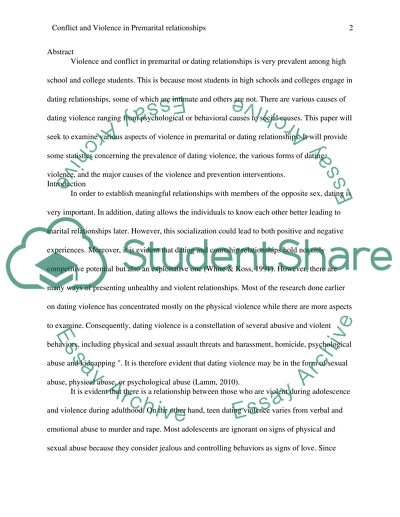Cite this document
(“Conflict and/or violence in premarital relationships Research Paper”, n.d.)
Retrieved de https://studentshare.org/sociology/1390319-conflict-and-or-violence-in-premarital
Retrieved de https://studentshare.org/sociology/1390319-conflict-and-or-violence-in-premarital
(Conflict and/Or Violence in Premarital Relationships Research Paper)
https://studentshare.org/sociology/1390319-conflict-and-or-violence-in-premarital.
https://studentshare.org/sociology/1390319-conflict-and-or-violence-in-premarital.
“Conflict and/Or Violence in Premarital Relationships Research Paper”, n.d. https://studentshare.org/sociology/1390319-conflict-and-or-violence-in-premarital.


